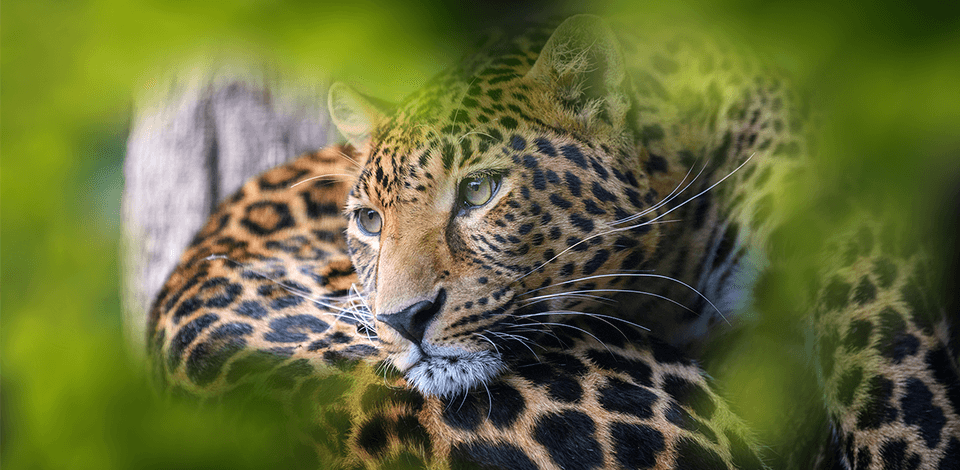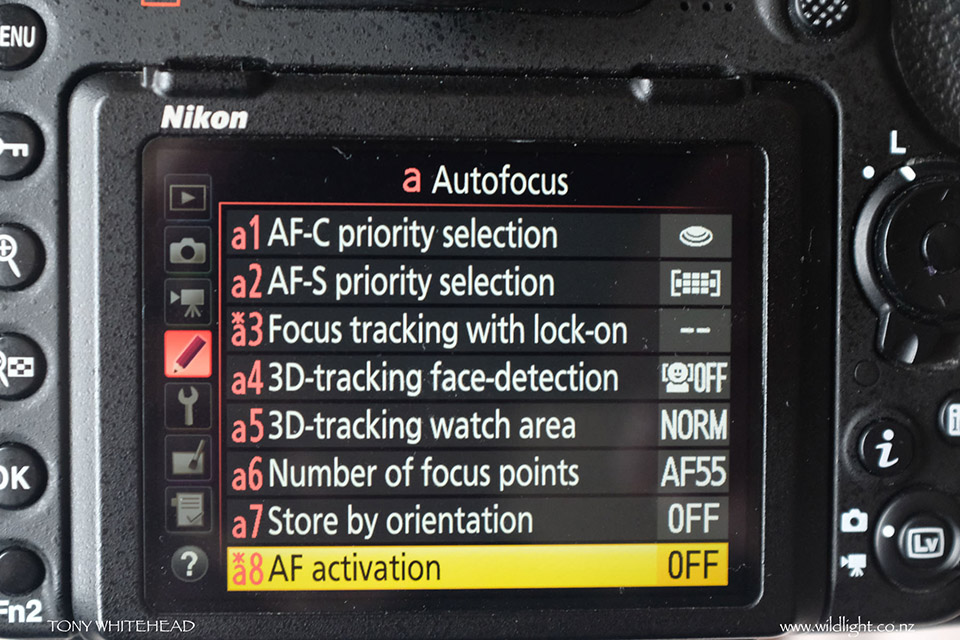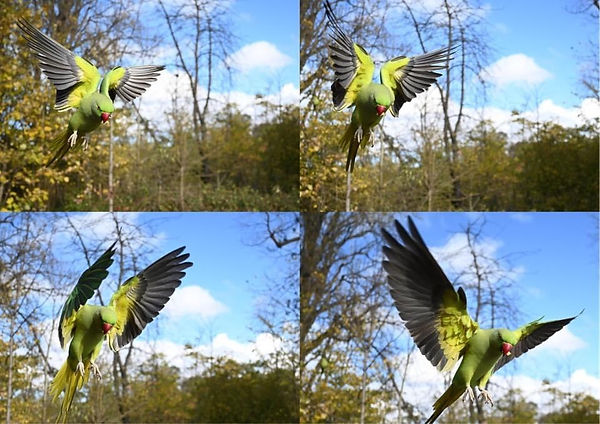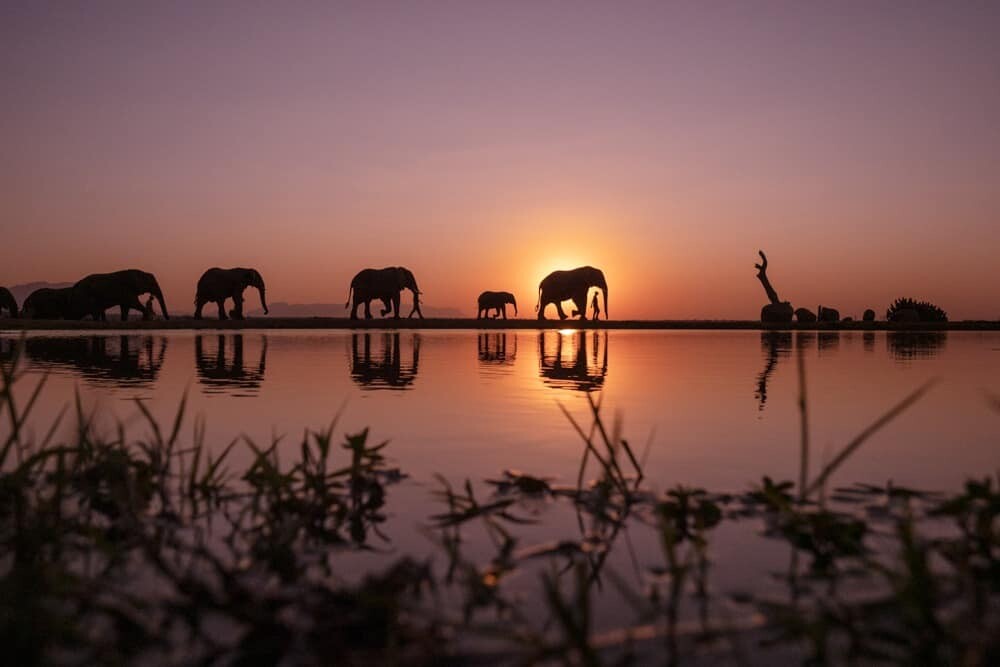
Many people who want to take high-quality pictures of wildlife go on safari every year. To capture a great photo, you need to have good luck and carefully think out all the necessary details.
By learning all the nuances of safari photography, you can take hundreds of bright and cool shots without any difficulty. Read these recommendations to get incredible results!
A safari photography trip is a great adventure for photographers. To take high-quality photos, you need to understand what results you want to get. Where you will stay? Will you be shooting from a boat, or, perhaps, you want to conquer the ocean? You need to understand which equipment will suit you better.
To gain new knowledge and skills, you can take part in the photography workshop. It will teach you how to use safari photography equipment.

The result achieved during safari trips depends on the equipment quality. You should think carefully about what you need to take before going to Africa.
You'll need long lenses for photographing Africa. With the 400mm lens, you can take pictures at a distance, and this is good for several reasons. The first is that you can take long-range photos. The second advantage is that you won't disturb animals and take beautiful images of wildlife.
I recommend choosing one of my favorite lenses - Canon 100-400 IS L that offers excellent clarity, fast and accurate zoom and excellent stabilization, while Nikon 200-400 VR comes with a vibration-canceling system VR II.
The long lens is ideal for shooting small animals and birds. Many photographers often ignore shooting small animals, but they are no less colorful than other species.

When it comes to African photography, it is better to use an aperture priority mode during the day, with appropriate exposure compensation for the lighting conditions. If you take photos of flying birds, it is recommended to choose the exposure priority mode with a shutter speed of 1/1000 sec. When the sun is very bright, the shutter speed may be higher.
If you are planning a night trip, a manual mode with a fixed ISO is ideal. It is advisable not to choose automatic modes, as they often result in over or underexposure, and the pictures will not be quite good.
Those who take a keen interest in African wildlife photography, need to know that it is always necessary to make a test shot of any objects under the spotlights to correctly set the light. If you don't do it beforehand, you will notice these issues during the shooting and you will need to change the settings.

If you are interested in safari photography for beginners, don't forget about safety. Contact with animals is not always safe. Do not stick anything out of the car. Animals usually do not like this and can become aggressive.

Slowly back off. If you see that an animal is aggressive, it is best to step back slowly and quietly.
If you are not sure that there are no hippos or crocodiles in the rivers, do not swim there.

What to wear depends on when you are going to take a trip. If you can blend in discreetly with the environment, you can take very interesting pictures with your safari photography equipment. To be discreet, choose either khaki or green and brown clothing.
To reduce noise while walking, pick lightweight airy fabrics. To protect yourself from the sun, wear long-sleeved shirts with collars. You can put the necessary things in the pockets of your trousers.

Use fleece fabric if you need to keep warm. Do not forget about the headdress. Hats provide good protection from the sun and also reduce glare when you look through the binoculars.
It's worth thinking about which sunglasses to choose to protect your eyes from the hot sun.

If you want to take from 5 to 10 shots in one second, use continuous shoot mode. This is a very useful option if animals are moving or abruptly disappear into the bushes. Also, if you can't get any closer to take a few photos, this mode will be very useful as well. When choosing a camera with good safari photography settings, pay attention to this option.

To get high-quality photos in the studio, you need good light and nature photography is no exception. It does not matter if your African safari photography equipment is expensive or not. If the light is badly chosen, it will affect the result. Almost always, to get good photos you need to sacrifice your sleep.
If you take photos before sunrise, the light in your photos will be delightful and you will spot more animals as many of them retreat to rest in the shade during the day. As for twilight, it's also a good time to capture animals waking up from their afternoon sleep.

While the default camera settings play an important role, you should not forget the importance of composition. It's not just talent that will help you create a perfect composition, you need to practice a lot. It is important to evaluate the framing and all the elements of the composition.
Many people are looking for rules and advice on how to do it well. Make sure to follow the rule of thirds. You need to ensure that the treetops and other elements won't get cut off.

Many safari fans focus on shooting elephants, rhinoceros, buffalo, lions and leopards, as well as other large mammals. Photos of these animals are quite popular, so capturing them is the main goal for many people.
Do not forget that small animals and birds can be no less beautiful and even more original. A colorful flying bird looks better and more interesting than a sleeping lion.

It's often easier to spot animals when they come to the watering holes. In particular, if it is very hot, animals come for a swim or to drink water. If you do not see animals there, just wait and you will be able to practice fine art wildlife photography capturing photos of beautiful representatives of the fauna.

Besides taking beautiful photos of animals, do not forget that you can take some portrait photos that cross your path. You can take photos of your guide or other tourists who are willing to pose for you. Be sure to get their permission before photographing.

Taking pictures during a wildlife photography safari, you should not forget about the environment. Safari landscape photography can be as fascinating as taking pictures of wild animals. I advise you not to focus only on animals, as there are still many interesting things to see, and it would be foolish to miss out on an interesting landscape.
To improve your safari photography skills, take into account the surroundings to capture an animal in its natural habitat. Do not forget to zoom in, as it can help you achieve good results.

What can be more beautiful than groups of animals? If you are interested in safari photography for sale, take photos of the fauna representatives who interact with each other.
You can take great pictures of small animals and their parents, animal fights, interactions between groups or animals that look directly at you.
To bring your photos to perfection, it is important to edit them. You can do it professionally in Lightroom and Adobe Photoshop.
If your photos lack perfection, you need to use this premium series to create perfect HDR photography. Make good shots with perfect brightness in each frame range.
You can use this set to edit your safari photos. If they have some issues with contrast or aren't bright enough, you will turn them into real masterpieces with this post-processing kit.
This Ps action will help you improve your images, illuminate and brighten up photos taken in low-light conditions.